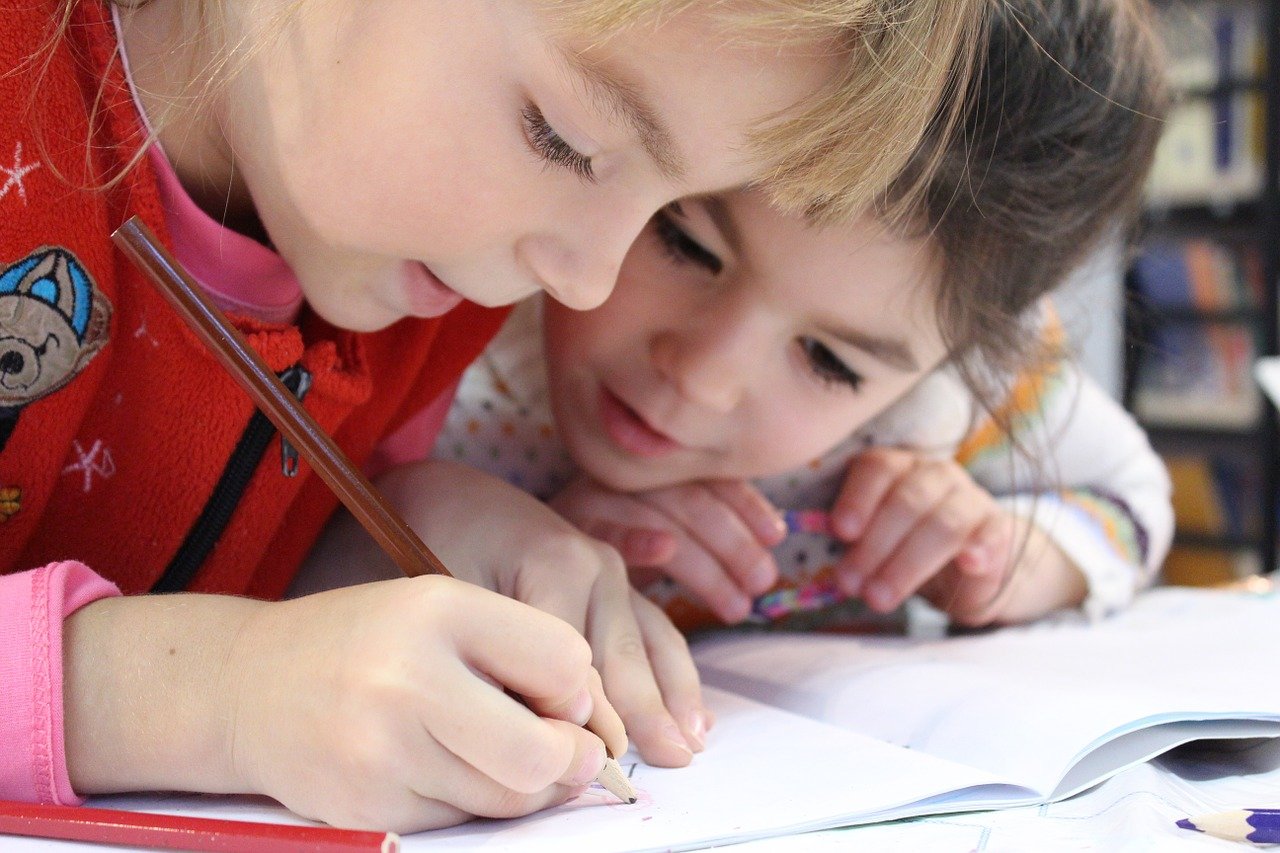It’s normal for children to argue with parents, siblings, or friends as they grow and develop. Arguing allows them to assert independence, test boundaries, resolve conflicts, and understand social dynamics. However, frequent arguing can create stress and hostility at home. Understanding why children argue equips parents with strategies to reduce unhealthy conflict.
Testing Limits and Control
Children’s arguing often stems from a desire for autonomy. As they mature, children test rules and limits to determine what level of control they have over their lives. This is equally true for children in foster care as well as your own children.
Arguing with parental instructions can reflect their experimentation with independence. Setting clear boundaries while allowing appropriate freedoms acknowledges their need for control without sacrificing household harmony.
Differing Needs and Preferences
Disagreements also arise from differences in needs and preferences between children and parents or siblings. One child may want to play while another is trying to concentrate. Or bedtimes might conflict with a child’s wishes. Being aware of individual needs and compromising where possible prevents many arguments from escalating.
Limited Emotional Regulation
Children have not yet developed mature emotional control. Minor frustrations can swiftly escalate into heated conflicts when children lack constructive outlets for disappointment, annoyance, or anger. Teaching emotion management skills gives them alternatives to lashing out when encountering life’s inevitable frustrations.
Misbehaviour for Attention
Arguments easily erupt if children resort to disruptive behaviour to gain attention from busy parents. Consistently prioritising quality time demonstrates love so children don’t need to misbehave to feel noticed.
Clear incentives and consequences also minimise the payoffs for starting conflicts solely to be the centre of attention.
Techniques to Reduce Arguments
Effective conflict reduction starts with understanding why children are arguing. The following techniques can help minimise stressful disputes.
Pick Battles Wisely
Arguments drain time and emotional bandwidth from the entire household. Deciding which rules or instructions are open for discussion versus non-negotiable reduces pointless debates. Save arguments for issues jeopardising health, safety or family function.
Set an Example
Children’s conflict resolution skills often reflect those modelled by parents. Managing disagreements through calm discussion, compromise and apology demonstrates constructive techniques. Use mistakes as opportunities to coach better behaviour.
Teach Communication Skills
Many arguments result from misunderstandings or inability to articulate needs appropriately. Teach children to express themselves using “I feel…” statements instead of accusations like “You always…”. Actively listening without judgement and reflecting their perspective reduces defensive reactions.
Use Humour to Defuse
Angry children are often unable to modulate their emotions. Lightening tense moments with gentle humour gives everyone an emotional reset. A silly joke or distraction refocuses attention in a more positive direction.
Know When to Walk Away
When despite best efforts, arguments escalate beyond reason, disengaging prevents further combustion. Children lacking self-control can’t de-escalate without space. Calmly withdrawing signals unacceptability without humiliating them when their behaviour crosses lines. Walking away also models conflict resolution by limiting the audience for misbehaviour.
With time and maturity, children integrate these critical skills for disagreeing without discord.





![Top 10 Sunscreen Manufacturer [Tested & Reviewed]](https://pantheonuk.org/wp-content/uploads/2024/01/Factory-images-350x250.png)

